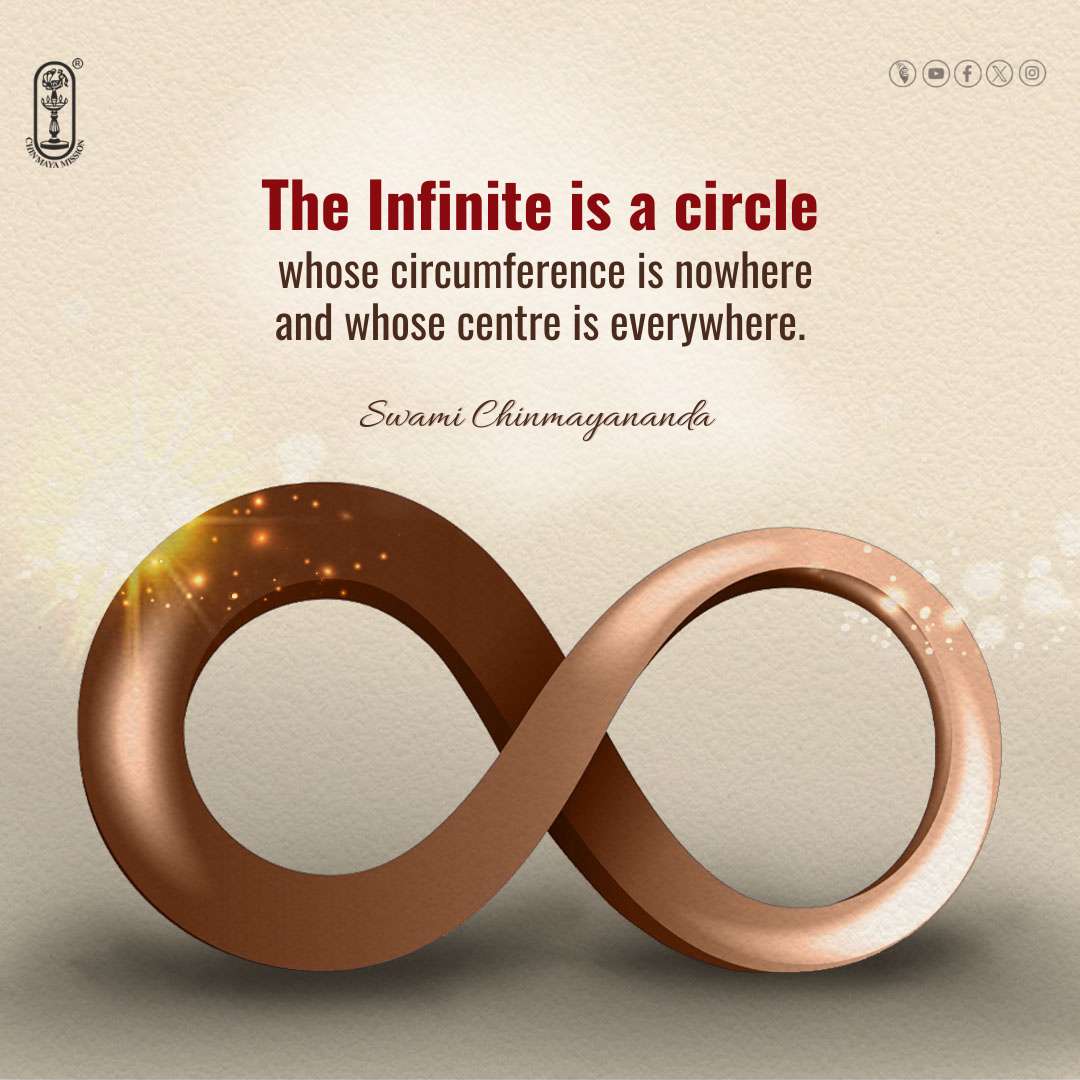BHAGAVAD GEETA: 97 - Swami Advayananda.
BHAGAVAD GEETA: Sri Veda Vyasaji
======================================================================================
Wednesday 11, December 2024, 10:00.
Discourse 3 | Karma Yogam
=======================================================================================
ARJUNA, THE STUDENT, is making bold to question his Master, Sri Krishna, about a confusion that has arisen in his mind. Before we discuss the question, we note that the
dialogue process in itself has a lesson to teach us. We see in it the greatness of the Indian spiritual tradition which permits such wholesome questioning from the disciple. The disciple is never asked to suppress his intellect. The Indian spiritual Masters are sworn to a system which respects the intellect and they will never bypass it and demand an unquestioning obedience.
In the words of Pujya Gurudev Swami Chinmayanandaji, “The Vedantic philosophy of India is taught to the student during an intimate and free discussion between the teacher
and the taught. In no other religion in the world do we find so much freedom allowed to the disciple to ask freely, to openly contradict, and to argue with his teachers.”
======================================================================
CHAPTER - 3: KARMA YOGAM
SLOGAM-1.
Sogam - 1: Arjuna’s Question: Which of the Two?\
==========================================================================
Arjuna Uvaacha: Arjuna said:
1
Jyaayasi chet karmanah te = As being superior to action – if You
2
mataa buddhih janaardana;= think that knowledge is so, O Janardana,
3
tat kim karmani ghore maam = then why, in this terrible action, am I
4
niyojayasi, Keshava? = being pushed into by You, O Keshava?
====================================================================
Circumstances of Arjuna’s Question:
1-2
Two distinct and apparently contradictory paths are placed before Arjuna. Both are being praised in glowing terms by Sri Krishna.
However, it is significant to note that the contradiction of the paths appears only to Arjuna. The Lord does not see them in that light. At no point in Chapter 2 did Sri Krishna say that Saankhya Yoga was better than Karma Yoga. He only praised both when they spoke of them in turn. How did Arjuna then get the idea of one being superior to the other?
Every teacher praise what he is currently speaking about, so that he holds the attention of his student. Sri Krishna has done the same. The cause of the dilemma, therefore, rests largely in Arjuna’s mind. He still has a leaning towards shirking his duty and wriggling himself out of this battle, although Sri Krishna has told him clearly to engage in it.
Sri Veda Vyasa has his own poetic way of expressing the situation. He makes Arjuna address Sri Krishna twice in the same verse. It’s the poet’s way of showing the perplexity in
Arjuna’s mind. If we go a little deeper into the two words used to address Sri Krishna, we find that they mean two opposite things! Janardana has a root which means “one who
brings pain to people.” This is how the Gopis felt when Sri Krishna was going to leave them and go to Dwarika. The other word, Keshava, means “one who protects and comforts”. They are as opposite as the two paths in his question appear to be to Arjuna. Indeed, this point stands as a tribute to the poet in Vya
3
saji.
Kim: Arjuna’s “Why?” is a very slanted one – tilted towards his personal taste rather than a desire to know the truth. This is not alarming to us. Arjuna has only just been
introduced to the spiritual path, and his reaction is quite understandable. If he was a perfect student, the Geeta could well have ended with the last chapter.
To show his inner preference for the ‘meditative path’ and aversion for the ‘path of battle’ Arjuna describes the imminent battle with the word Ghore, meaning “abominable,
painful, terrible, violent, unbecoming, etc.” Even now he is hoping that Krishna would change His advice to him.
4
But Arjuna is given no choice: the Lord has decided the path for him – he is being asked to do what he still has an inclination to dislike. The delusion has not been totally
overcome, although it has been greatly contained by Sri Krishna’s teaching so far.
The word Niyojayasi also is very appropriate to the situation of Arjuna. The word suggests Arjuna is being “propelled, engaged, pushed” into performing a violent duty.
In theory Sri Krishna glorifies Saankhya Yoga, the path of knowledge; but in practice He is all praise for the path of Action or Karma Yoga. Theory and practice often appear
different in the eyes of a student, until understanding ripens.
For all these reasons Arjuna asks Sri Krishna to clarify what he is to do. It is a legitimate question from Arjuna’s standpoint, and one that he has well thought out. The question in effect is directly responsible for adding the next three chapters to the . It is most likely that Ajuna’s question springs from the embers of his own delusion which made him ‘cast his bow to the ground’ and say, “I will not fight!”
*****
Slogam-2: Krishna’s Perplexing Speech
Continued







Comments
Post a Comment